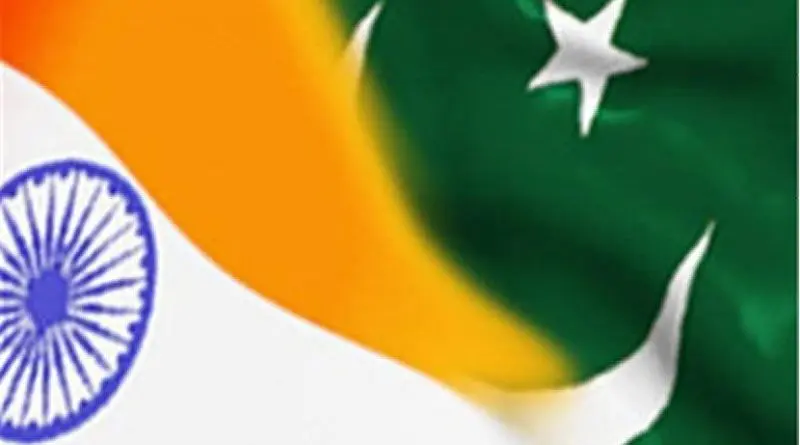Implications Of Evolving India’s Strategic Thinking Under Nuclear Overhang In South Asia – OpEd
By Sher Bano
The nature of the evolving India’s evolving nuclear doctrine; capabilities and posture have been highlighted in the comments, statements and writings of Indian politicians and officials several times where they have been urging to review the No First Use policy of India. Several international reputed observers and scholars have also referred to India’s counterforce temptations. These developments and debate however are not new for Pakistan as Pakistan has always categorized the Indian NFU as a gimmick and bluff. The claim of India’s NFU is shallow because India kept on modernizing and developing its capabilities and nuclear deterrence. Even if there was a slight bluff left regarding India’s NFU, it has been clarified after the post Pulawama crisis in 2019 and recent incident of India firing hypersonic cruise missile into Pakistan on March 9, 2022.
Modi’s statements such as nuclear weapons are not for celebration and “night of massacre” was to threaten Pakistan. All these statements have glaring contradictions between Indian Political Statements on one hand and actual actions on the other hand. The policy of NFU, where India has been using it politically to tell the West and international community that it is a responsible country and it follows NFU and its neighbor is not as responsible and they do not adhere to NFU policy. But, even that is the Indian way to interpret NFU. Pakistan knows that its 2003 doctrine included the points where India reserved the right to use weapons first in response to chemical and biological weapons which violates its own NFU commitment. However, more importantly, since 2016 we have seen some senior decision-makers especially members from the nuclear command authority, former defense minister, current defense minister, former NSA, former Army chiefs have been doubting their nuclear policy which is creating and opening a space for dispersion where India can justify in future to use its nuclear weapons first against Pakistan in a preemptive strike.
Here the question arises, what is the factor that actually shapes the policy shift in India. First is India’s growing confidence in it’s in its misperceived military advantage against Pakistan. The perceived edge that India is supposed to acquire from its new and emerging technologies and India’s illusion that at the political level its narrative of being justified of taking action against Pakistan of the false premise of actions against terrorism is also a significant factor. Moreover among the technologies which facilitate the Indian pursuit of misguided strategies are the space technologies, which certainly provide precise data about the exact location of the adversary’s assets. In parallel to these, the developments of hypersonic delivery systems, which reduce the response time manifolds and Indian induction of ballistic missile defence system including Russian S-400, seems to provide false security to India to attempt misadventure in Pakistan.
The development of BMD capability can also lead to a false sense of security amongst the Indian decision-makers and could provide an incentive for the first strike. The most important development is hypersonic missiles because of their speed and precision and they are considered as more effective against ballistic missiles or missiles that are placed on transportable launchers, such as Pakistan’s short-range ballistic missile “Nasr”. So, India’s development of hypersonic weapons could be a sign to deter Pakistan from deploying Nasr batteries and theatrical level and simultaneously create space for limited war fighting against Pakistan. It is a disturbing situation because it can lead the miscalculations and Pakistan would be forced to take remedial measures. India also aims to develop and acquire more technologies that suit the objective of conducting counterforce than counter value targeting against Pakistan.
All these developments are being aided and embedded by exemptions granted to India, which allows it the access to advanced military technologies and dual-use systems. US has also granted the STA-1 status to India which will allow India to purchase advanced military items without an individual license and several foundational agreements aimed at enhancing the interoperability of the US and Indian forces. This will enhance the precision striking capabilities of Indian forces, which are important in any counterforce or preemptive strike. So, in short India’s temptation which is very hard to materialize at the practical level is undermining the broader strategic stability of this region thereby increasing nuclear risks and generating and fueling a new arms race. So far, India still fails to provide any assurances regarding its NFU policy. So, India might be building its nuclear deterrent to fight a two-front war, where it wants to take out Pakistan’s nuclear assets in a preemptive strike and maintain a credible second-strike capability for China is a pipe dream for India. But the sooner India shed those dreams the better it would be for India and regional and international security and strategic stability. Both countries in South Asia will have to one way or another return dialogue on promoting risk reduction, avoidance of arms race, promote restrain and adopt CBMs, which is the only way forward.
*The writer is working as a Research Affiliate at the Strategic Vision Institute (SVI), a non-partisan think-tank based out of Islamabad, Pakistan.

